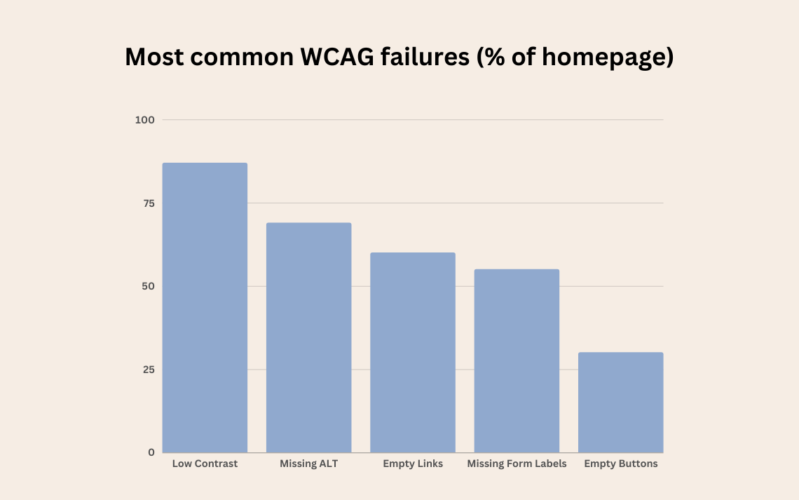
Web accessibility and its importance

Making websites and online apps useable for individuals with impairments is referred to as web accessibility. This includes individuals who are blind, visually impaired, deaf, hard-of-hearing, motor impaired, and cognitively impaired, among others. Making websites accessible not only benefits users with disabilities but also provides a better experience for all users, including those without disabilities.
Web accessibility is important because it ensures that everyone has equal access to information and functionality on the web. The World Wide Web Consortium (W3C) has set guidelines and standards for web accessibility, known as the Web Content Accessibility Guidelines (WCAG). These guidelines provide a set of criteria for making web content more accessible to people with disabilities and help organizations create accessible websites and applications.

Some of the key benefits of web accessibility include:
- Increased accessibility to information and functionality for people with disabilities.
- Improved user experience for all users, including those without disabilities.
- Better search engine optimization (SEO) due to accessible and well-structured content.
- Increased market reach and potential customers.
- Legal compliance with disability discrimination laws, such as the Americans with Disabilities Act (ADA) and the European Union’s Web Accessibility Directive.
Web accessibility requires a comprehensive approach that involves several aspects of website design and development, including:

Content
The content of a website should be well-structured and easy to understand. This includes using clear and concise language, providing alternative text for images, and using headings and subheadings to organize content.
Navigation
Websites should have a clear and intuitive navigation system that makes it easy for users to find the information they need. This includes providing clear and descriptive links and allowing users to skip repetitive content.
Design
The design of a website should be visually appealing and easy to use. This includes using appropriate color contrasts, and font sizes, and avoiding the use of flashing or flickering elements.
Interactivity
Websites should provide accessible alternatives for users who cannot use traditional input methods, such as a mouse. This includes providing keyboard-friendly navigation and support for assistive technologies, such as screen readers.
Code
The code used to create a website should be well-structured and accessible. This includes using semantic HTML, providing proper alternative text for images, and ensuring that the website is compatible with assistive technologies.
Web accessibility is not just a matter of compliance with regulations and laws, but it’s a matter of human rights. A large portion of the world’s population is made up of individuals with disabilities, and they should not be excluded from accessing information and functionality on the web.
Conclusion
In conclusion, web accessibility is an important aspect of website design and development that benefits not only individuals with disabilities but all users. Ensuring that websites are accessible requires a comprehensive approach that involves several aspects of website design and development, including content, navigation, design, interactivity, and code. By making websites accessible, organizations can improve the user experience for all users, increase market reach, and comply with legal requirements.



